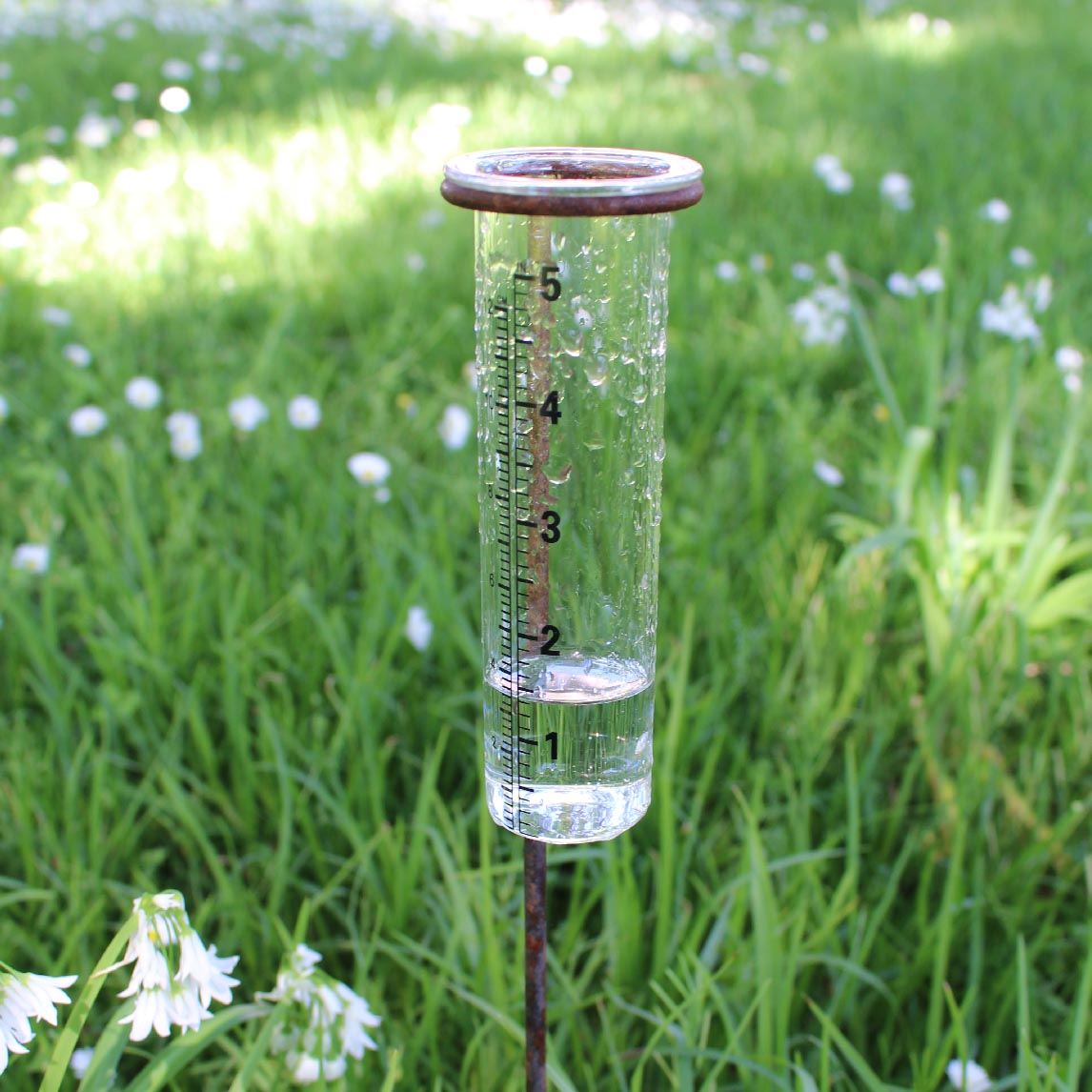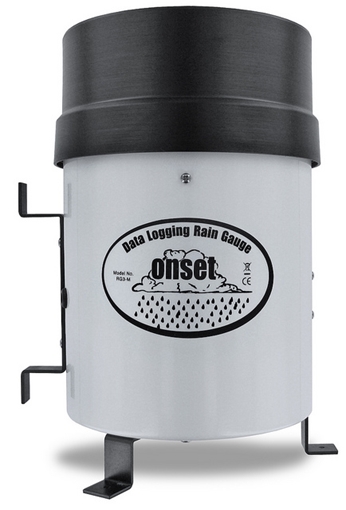Revealing the Scientific Research Behind Rain Gauges: Exactly How These Instruments Play a Crucial Function in Environment Research Study and Ecological Monitoring
Rain gauges, relatively basic gadgets, hold a profound importance in the realm of environment study and ecological surveillance. As we peel off back the layers of this scientific shroud surrounding rain evaluates, we discover a world where precision, data accuracy, and meticulous monitoring merge to introduce a much deeper understanding of our transforming environment and its influence on the earth.
Relevance of Rain Gauges
Rain gauges play a vital function in tracking and determining precipitation degrees, giving important data for environment research study and analysis. These tools are basic in measuring the amount of rains that happens in a specific location over a specific period. By measuring and accumulating rainwater, rain determines offer valuable understandings into the distribution and strength of precipitation, assisting meteorologists, hydrologists, and climatologists in comprehending climate patterns and patterns.
In addition, lasting data collected from rain evaluates assists in assessing climate change impacts and patterns, contributing substantially to clinical study and decision-making procedures. In significance, rainfall determines offer as essential tools in the field of weather forecasting and ecological science, playing a crucial role in advancing our understanding of weather and climate characteristics.
Kinds of Rainfall Scales

Performance and Operation
In the world of climate research study and meteorological studies, the performance of rainfall determines hinge on their intricate capability and specific operational devices. Rainfall evaluates are designed to precisely determine the quantity of rainfall that tips over a details location during a collection duration. These devices commonly contain a funnel that collects rain and channels it right into a measuring tube. The gauging tube is noted with calibrated dimensions that enable for the precise quantification of rainfall.
The capability of rain determines is based on the concept of collecting and determining rain in a standard manner. This accumulated data is critical for understanding regional climate patterns, tracking long-lasting environment trends, and assessing environmental influences. To ensure precise dimensions, rainfall assesses need to be tactically positioned in open locations away from obstructions such as buildings or trees that might conflict with the collection procedure.
The operational element of rainfall gauges includes normal upkeep to prevent debris accumulation, calibration checks to maintain dimension precision, and data videotaping useful source for evaluation (rain gauge). In general, the performance and operation of rain determines are necessary for collecting reputable rainfall information essential to climate research and environmental monitoring
Role in Climate Research
Given the vital value of precise rainfall measurements in recognizing weather patterns and environmental impacts, the role of rain gauges in environment study is crucial. Rainfall assesses supply necessary data for climate study by evaluating the quantity of precipitation that falls over a particular area during an offered duration. This information is important for keeping an eye on lasting patterns in precipitation patterns, assessing the influence of environment adjustment on rains distribution, and improving environment designs.

Climate scientists utilize information gathered from rainfall evaluates to examine variations in rainfall levels, recognize regional environment patterns, and assess the performance of water resource monitoring techniques. By contrasting historic precipitation information with current measurements, researchers can spot changes in rainfall patterns, such as changes in the regularity or intensity of rains events. This info is vital for comprehending just how climate modification is affecting rainfall dynamics and can assist policymakers make check that informed decisions pertaining to adaptation and reduction methods.
Applications in Ecological Monitoring

In flood projecting, rainfall gauge information assists to track rainfall intensity and circulation, enabling authorities to provide prompt cautions and take needed steps to reduce flood threats (rain gauge). Dry spell surveillance relies upon rain gauge information to examine moisture degrees in the soil and track precipitation deficiencies, helping in the identification of drought-prone locations and the application of click reference dry spell feedback methods
Furthermore, rainfall gauge data plays a crucial role in water resource administration by offering details on water availability and usage patterns. In addition, in agriculture, rain gauge information assists farmers in optimizing irrigation timetables, plant option, and overall farm monitoring techniques based on local precipitation patterns.
Conclusion
In final thought, rain evaluates are necessary devices for determining precipitation, offering important data for climate research and environmental monitoring. With different kinds and capabilities, rainfall assesses play a critical duty in recognizing precipitation patterns and their influence on the environment. By accurately measuring rains, these tools add to the improvement of clinical expertise and assistance in making notified decisions relevant to water source management and disaster readiness.
Rain evaluates play a crucial function in tracking and gauging rainfall levels, providing essential information for environment research study and evaluation. The conventional rain scale, understood as the "tipping bucket" scale, is one of the most commonly made use of gadgets. Ultrasonic rain gauges usage sound waves to detect the visibility of rainfall, supplying real-time information on precipitation degrees.Climate researchers utilize information gathered from rain determines to evaluate variants in rainfall levels, recognize regional environment trends, and examine the effectiveness of water source administration strategies.In verdict, rain assesses are vital devices for measuring rainfall, offering beneficial data for environment study and environmental surveillance.
Comments on “How to Select the Right Rain Gauge for Reliable Precipitation Tracking”